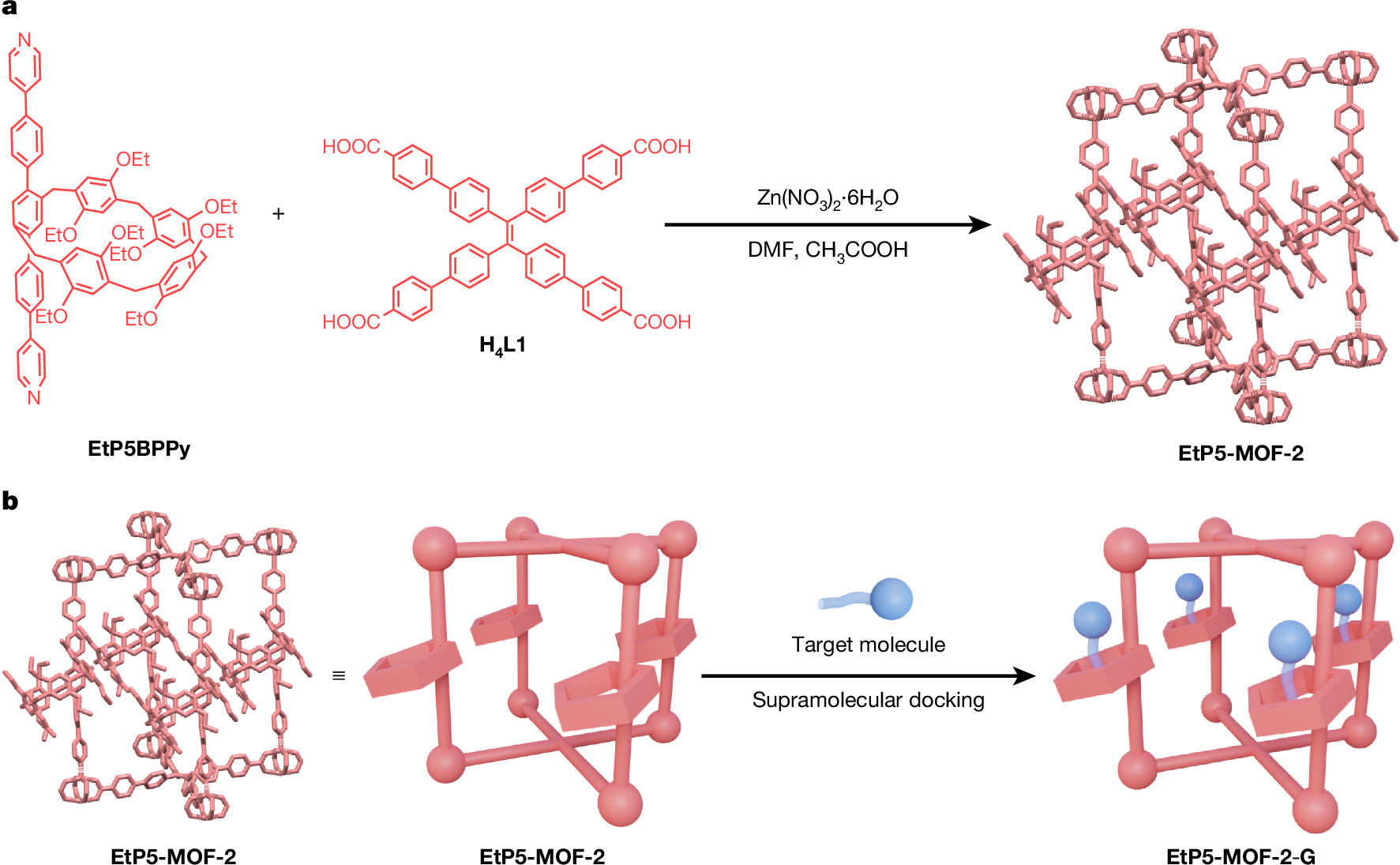2025-05-30 オックスフォード大学

オックスフォード大学の研究チームは、量子コンピュータの実用化を加速させる可能性のある新たな視覚化技術「Andreev STM法」を開発しました。この手法により、従来検出が困難だったトポロジカル超伝導体の特性を高精度で観測することが可能となり、量子情報の安定的な保持に向けた材料探索が大きく前進しました。
◆研究では、既知の超伝導体であるウランジテルル化物(UTe₂)を対象に、同材料が内在的なトポロジカル超伝導体であることを初めて実証しました。特に、量子情報の劣化を防ぐとされるマヨラナ粒子の存在が確認されましたが、これらは対で存在し分離できない特性を持つことも明らかになりました。
◆この成果は、複雑で高価な人工構造に頼らず、単純な結晶材料を用いた経済的なトポロジカル量子ビットの開発につながる可能性を示しています。研究は、オックスフォード大学のDavisグループを中心に、ブリストル大学、カリフォルニア大学バークレー校、ローレンス・バークレー国立研究所などの国際チームによって実施され、科学誌『Science』に掲載されました。
<関連情報>
- https://www.ox.ac.uk/news/2025-05-30-new-quantum-visualisation-techniques-could-accelerate-arrival-fault-tolerant-quantum
- https://www.science.org/doi/10.1126/science.adk7219
ゼロエネルギー表面状態の可視化によるUTe2のペア波動関数対称性 Pair wave function symmetry in UTe2 from zero-energy surface state visualization
Qiangqiang Gu, Shuqiu Wang, Joseph P. Carroll, Kuanysh Zhussupbekov, […] , and Dung-Hai Lee
Science Published:29 May 2025
DOI:https://doi.org/10.1126/science.adk7219
Editor’s summary
The material uranium ditelluride harbors a superconducting phase that has shown interesting properties that are potentially consistent with a spin-triplet character. Such superconductors are more resilient to the presence of magnetic fields and may even have topologically nontrivial excitations. However, one of the most important properties of this phase, the symmetry of its superconducting order parameter, remains unknown. Gu et al. used a scanning tunneling microscope with a superconducting tip to probe this symmetry (see the Perspective by Nevidomskyy). By comparing their findings with theoretical predictions, the authors concluded that uranium ditelluride is a nonchiral superconductor, narrowing down the possible pairing symmetries. —Jelena Stajic
Abstract
Although nodal spin-triplet topological superconductivity appears probable in uranium ditelluride (UTe2), its superconductive order parameter Δk remains unestablished. In theory, a distinctive identifier would be the existence of a superconductive topological surface band, which could facilitate zero-energy Andreev tunneling to an s-wave superconductor and also distinguish a chiral from a nonchiral Δk through enhanced s-wave proximity. In this study, we used s-wave superconductive scan tips and detected intense zero-energy Andreev conductance at the UTe2 (0-11) termination surface. Imaging revealed subgap quasiparticle scattering interference signatures with a-axis orientation. The observed zero-energy Andreev peak splitting with enhanced s-wave proximity signifies that Δk of UTe2 is a nonchiral state: B1u, B2u, or B3u. However, if the quasiparticle scattering along the a axis is internodal, then a nonchiral B3u state is the most consistent for UTe2.


